Tech
Nintendo's Brutal Mario Game. Shigeru Miyamoto and his team made a… | by James Burns | SUPERJUMP | Jul, 2020 – Medium

Shigeru Miyamoto and his team made a “kaizo” game long before fan hacks emerged
Have you ever heard of a kaizo game? The concept is pretty straightforward. Players take an existing game — including its assets, like character sprites — and “remix” them to build eye-wateringly difficult levels. There’s a whole culture around kaizo games. If you’re curious, I highly recommend checking out Josh Bycer’s fantastic piece on the topic.
One of the most fascinating elements of kaizo games is the concept of a kaizo trap. The idea is that the designer sets up a particularly nasty obstacle that the player will trigger with little to no forewarning. It’s often the case that these traps are aimed squarely at players who attempt to take the easiest path through a level. I think of it as a kind of contrapasso, which makes it all the more delightfully fiendish.
Most people would probably think of kaizo games as setting out to achieve the exact opposite of what games generally aim for. For the most part, video game designers try to carefully balance difficulty. Challenge is important, but overwhelmingly punishing difficulty (where, for instance, players routinely encounter unavoidable deaths) is usually a sign of poor game design. Kaizo games avoid the “poor game design” moniker because they are deliberately designed to inflict maximum pain, and players understand this when diving in.
Aside from the specific mechanical traits that make a kaizo game, well…kaizo, there’s another important ingredient at play: it’s the fans taking an established game and “hacking” it in order to turn it into the equivalent of running uphill during a landslide.
But what happens when a prominent, family-friendly game company converts one of its most iconic, beloved titles into a heinous meat grinder?
That’s exactly what Nintendo did in 1986, when they released Super Mario Bros. 2 on the Famicom Disk System in Japan.
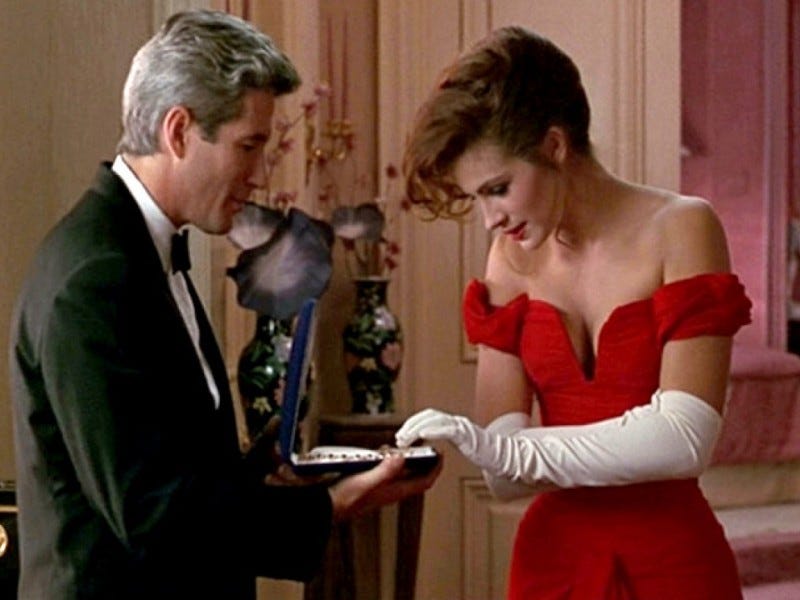

The story behind Super Mario Bros. 2 is fascinating and there are many wonderful documentaries on the internet that dive into quite some detail on the topic. For now, though, I’ll give you the crash course.
Super Mario Bros. was released in 1985 and became a global phenomenon. Nintendo wanted to rapidly follow it up with a sequel, which was due to be released on the Famicom Disk System (an attachment for the Famicom console that played games on special re-writeable disks). There was a feeling that many Japanese players had already mastered Super Mario Bros., and therefore needed a more challenging sequel. Nintendo marketed Super Mario Bros. 2 as being “for super players”. Unfortunately, the game was so brutal that Nintendo of America didn’t want to publish it (leading to another title — Doki Doki Panic — being retrofitted to become Super Mario Bros. 2 in western markets). The “real” Super Mario Bros. 2 would eventually be released in western markets as part of the 1993 Super Mario All-Stars compilation for Super Nintendo. On the compilation, it would become known as Super Mario Bros. The Lost Levels.
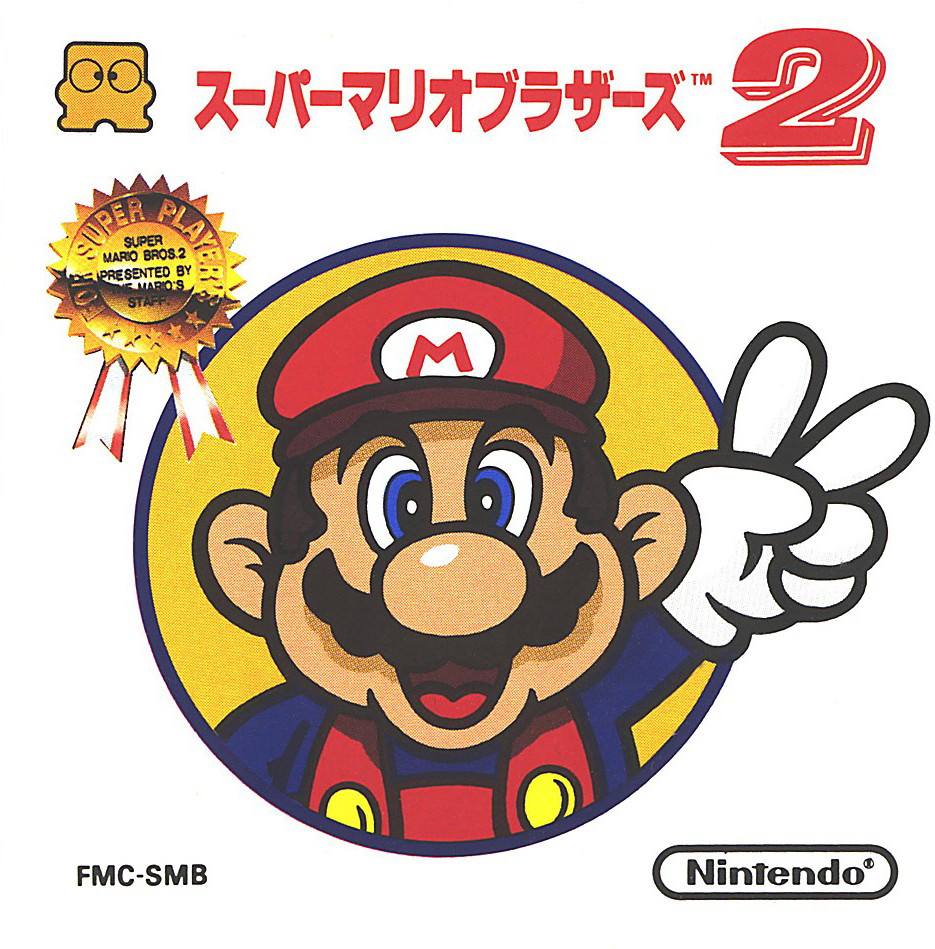

Let me just say: I’m a huge Mario fan. And I’m pretty damn good at Mario games, if I do say so myself. But I’ve never beaten Super Mario Bros. 2 — not until recently, that is. The ability to play this game as part of the Nintendo Switch Online NES catalogue (with those sweet, sweet save states) has been a literal game-changer for me.
I always knew Super Mario Bros. 2 was difficult. What I didn’t really appreciate until my latest play through is just how blatantly treacherous Nintendo’s designers could really be. This game is full of dark patterns that strike at the heart of Nintendo’s own Mario rulebook. This is, in part, what makes Super Mario Bros. 2 so much fun to play. It’s as though the Mario team got utterly ruined on sake after a haywire office party, said fuck it, and took a match to the million-seller they’d only just shipped.
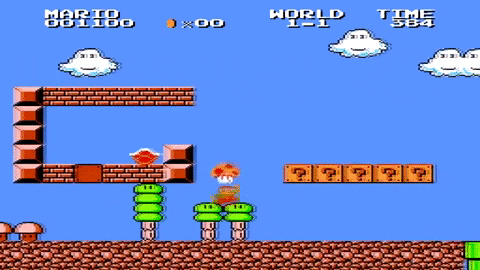

Let’s start with the most well-known change: the poison mushroom. This little bastard appears right away in World 1–1. Sure, it looks like the recently-paroled cousin of the regular super mushroom upon close inspection. But if you’ve just arrived here from the first game, your instinct will be to pick up whatever looks like a “power up”. Doing so is the equivalent of absent-mindedly putting your hand on a hot stove: after recoiling from the sting, you’ll immediately be on a more careful and deliberate footing.
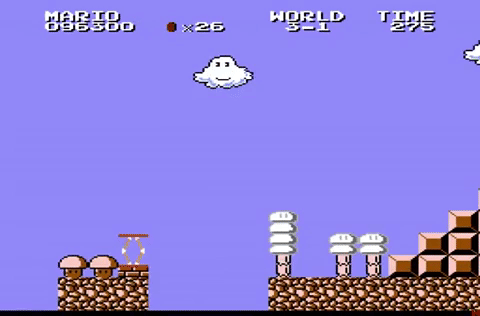

Don’t worry, though: the poison mushroom is just the beginning of the fuckery. How about World 3–1’s backwards warp pipe? Just like the original game, you will find warp pipes at various points and some of them will certainly propel you forward to later worlds. World 3–1 is a masterclass in psychological warfare. You find the springboard right before the flagpole. As you fly right over said flagpole, you just know you’re in for some Nintendo magic. How exciting! Sure enough, you’ll eventually stumble upon a warp pipe. Then you realise it’s a World 1 warp pipe and you have no way of avoiding it (other than falling into the pit and losing a life). It’s like someone asking you to taste some delicious cake batter from a wooden spoon…only to smack you in the teeth with the same spoon a moment later.
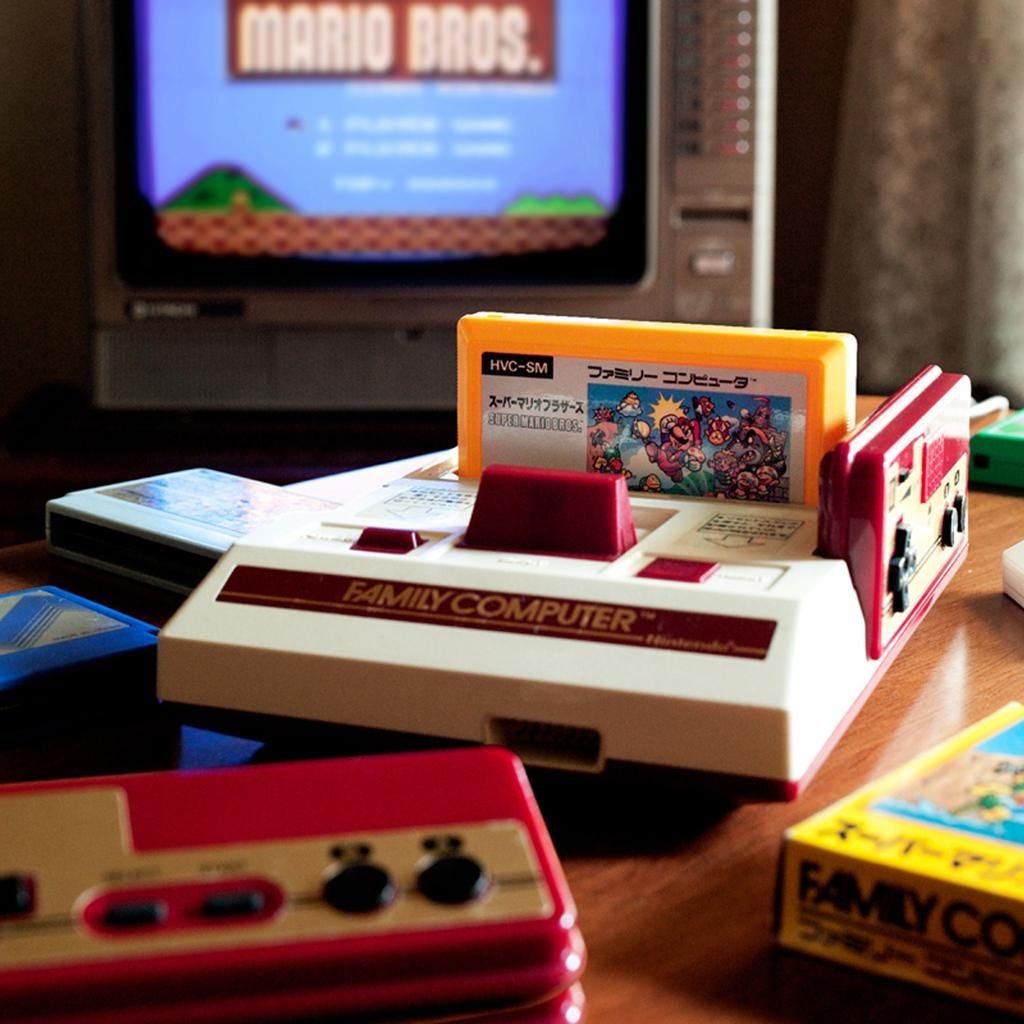

There’s a whole lot more to contend with in Super Mario Bros. 2. Some jumps are physically impossible unless you first find a hidden block in the environment to leap from. Even then, some of these blocks are high enough that you can’t easily jump on them from a standing start — it’s necessary to get a good run up, leap on the hidden block, and then leap across the impossible chasm.
Later in the game, you’ll encounter powerful gusts of wind that violently propel Mario across the screen while in mid-air. I found World 7–3 particularly challenging. In order to navigate through the level you need to use springboards while dealing with the wind gusts. Because the springboards propel Mario up “above” the visible are of the level, it’s incredibly difficult to know where he’ll land when he eventually comes back down.
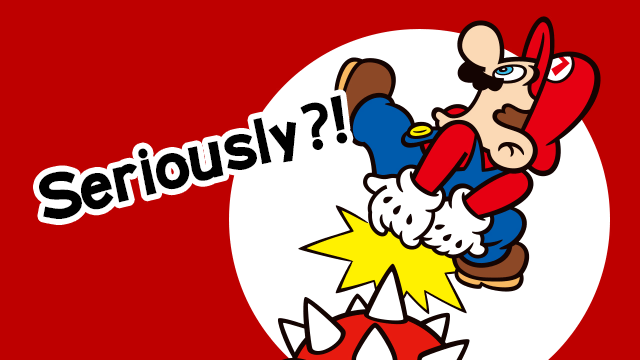

Although it’s filled with devious twists and turns, I am being slightly hyperbolic when I suggest that it’s a kaizo game. There’s nothing here that’s inherently unfair; nothing that leaves the player with no recourse. Rather, Super Mario Bros. 2 is a clear indication that Miyamoto and co. understand their own creation down to the pixel. They know exactly what skills you had to master in the original game, and the expectations you established based on that game’s rules. The deliberate violation of these rules in the sequel doesn’t imply that Nintendo abandoned all sense and structure. Rather, your muscle memory is used against you in an effort to shake you from complacency. It’s almost like being forced to write with your opposite hand — the basic rules of writing are the same, but you can’t entirely fall back on what you already know. You’re pushed back into a growth mindset, where knowledge is again replaced with curiosity. For this reason, I’d say Super Mario Bros. 2 is great to dive into right after you’ve finished Super Mario Bros. Playing both back-to-back will further sharpen your appreciation of the sequel.
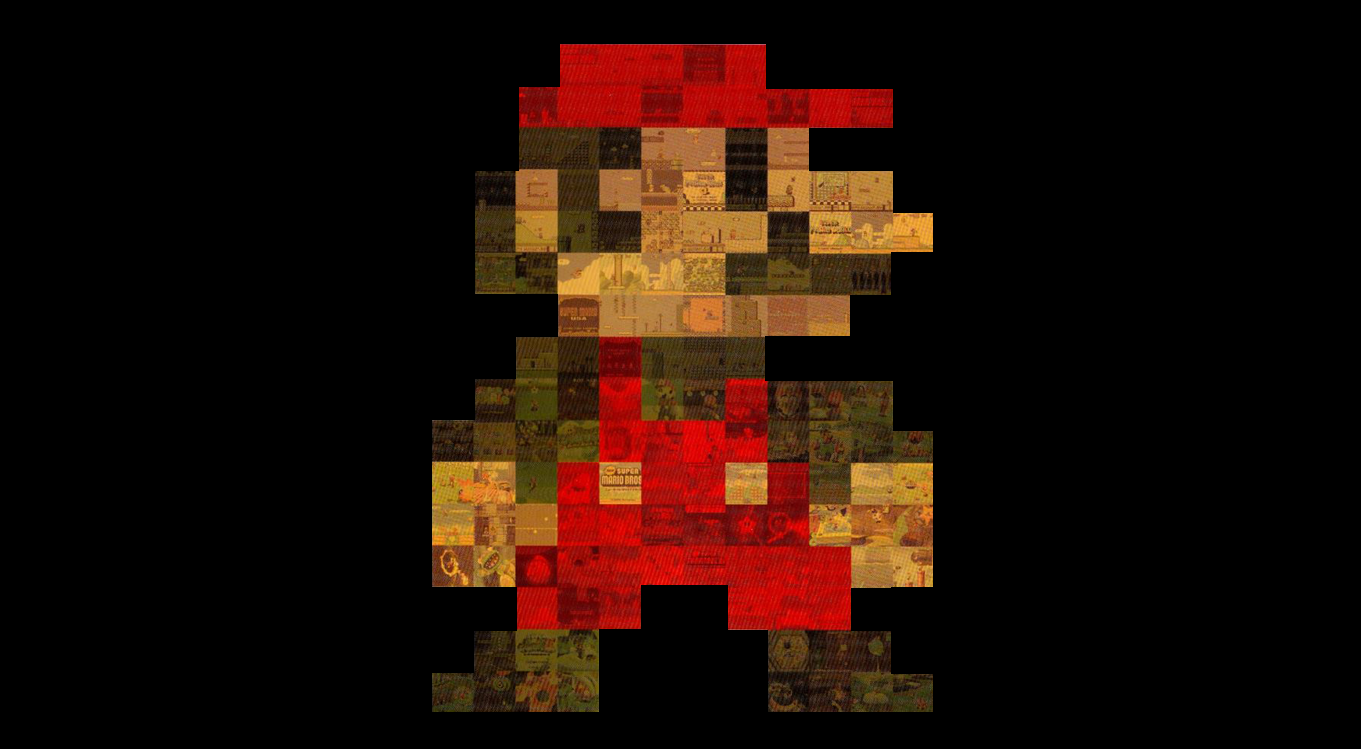

Remember, too: if you’ve never played Super Mario Bros. 2 then you will die and this will likely be a repeated occurrence. This is why playing the original version with limited lives is extremely tricky. But if you’re playing on Nintendo Switch, don’t be ashamed to take advantage of those save states. They make the game accessible enough to work your way through without entirely dulling the (good) pain.
Tech
Model doesn't feel safe wearing designer clothes in Canada's biggest city | Canada – Daily Hive


A model says she feels like a “sitting duck” wearing designer clothes in downtown Toronto amid a general state of unease in the city in response to an uptick in violent crimes.
Hanya Kizemchuk posted a video on Instagram and TikTok where the local model claimed that she sprinted two blocks to her car after a recent modelling shoot in Toronto after being overcome with the sense that her expensive attire read as “a stop sign screaming ‘rob me.’”
In the video, Kizemchuk describes the scene on a cold, rainy night after finishing a shoot, explaining, “I wrapped my head in my Louis Vuitton wrap. I had my Louis Vuitton duffle bag with all my shoes and makeup and whatever I need for that job. I was wearing my Gucci crossover and I was wearing my black leather Burberry coat.”
“And as I jumped out onto the street, I have to say that I realized for the first time ever in the city of downtown Toronto, I was truly like a sitting duck and that this is no longer okay to be running around like this, that I need to be a little more downplayed so that I don’t attract attention.”
Kizemchuk says she was “a little unnerved” and felt compelled to run “two blocks to my car and continuously check to see if anyone was popping out from somewhere because I was like a stop sign screaming, ‘Rob me.’”
“And that’s how I felt for the first time ever in this beautiful city of Toronto, which I grew up in and don’t recognize anymore.”
A few chimed in, sharing comments siding with Kizemchuk.
Unfortunately crime has increased everywhere. If you are on the street in downtown Toronto, and you are decked out head to toe in designer goods, you are calling attention to yourself and you would be lucky if you’re not mugged. Sadly, it is the same or worse in all big cities.
— john smith (@jsmith9999992) April 18, 2024
Others questioned why she would run away without identifying any specific threats and then make a post online about feeling unsafe.
So nothing happened? She just felt scared walking to her car and no one was around?
— Graeme 🦀 (@hexagraeme) April 18, 2024
One user pointed out how this video is another example of wealth inequality and the ever-growing divide between the rich and poor in Toronto.
lady with extreme wealth complains about wealth inequality
🤷♂️
lady, we’ve been screaming for years.
— Dave Jay (@DaveJayToronto) April 18, 2024
According to Toronto Police data, major crime indicators have spiked year-to-date in several categories during 2024, including assault (+10.9%) and robbery (+19.7%).
Tech
Forged by friendship, this year's Stampede boots pay tribute to Stoney Nakoda iconography – MSN
If not for Duane Mark and Lloyd Templeton’s budding friendship, this year’s Calgary Stampede boot design would have never existed.
While the boot was only constructed in recent months, the process began when Templeton, a Calgary-raised artist in his early 20s, approached Mark with a request to use images of the Stoney Nakoda teepee-holder and educator for artwork he was preparing for the Calgary Stampede.
The two clicked from the get-go. By November, after hours together, Templeton’s piece featuring Mark — dressed in full regalia standing in the foreground of the Calgary Tower among a diverse group of parade participants — was chosen as the 2024 Stampede poster artwork.
On Thursday, Templeton’s art was unveiled as the design for this year’s Stampede boot — now the second product of their friendship that’s been produced for this year’s 10-day rodeo and fair.
“What comes to mind is the growth of a young man named Lloyd,” Mark said, when asked what he sees in this year’s boot design.
The artwork on the exterior reflects key Stoney Nakoda First Nation and Treaty 7 iconography, Templeton said at Thursday’s unveiling. Stitchings of Alberta’s mountain range and the golden eagle flying through a rising sun — two important symbols for the First Nation’s culture — line the outside of the boot.
The boot’s interior has the words Oyadé Gichiyabi, Ahogichopabi Îyûhabith inscribed, which roughly translates in Stoney language to “be empowered to foster peace and respect,” which was selected at Mark’s recommendation.
A recent graduate from the Alberta University of the Arts, Templeton is becoming a household name in Calgary’s arts community at a pace that’s not lost on him.
“Just last year I was making school projects, and a year later, there’s going to be people wearing my art. That’s nuts,” he said.
Working in three dimensions was a new challenge for Templeton. To start, he would tape paper to the back of the boot to get a feel for the shapes he needed to produce. He then drew the designs by pencil, scanned them into his computer and produced it into a special file that allowed it to be etched by laser onto the boots.
“My poster was oil paint, a very traditional process,” he said. “I was kind of making it up on the go to see what worked. I liked the challenge of that.”
Margaret Holloway, the Stampede’s 2024 First Nations Princess who also provided input on the boot design, said she was “breathtaken, speechless” when she first saw the design. Breaking from tradition, this year’s design will be available on five different shades of boot. Alberta Boot normally creates one special boot for each Stampede.
The 22-year-old jingle dancer is the first person from Stoney Nakoda to be named First Nations Princess in more than 20 years.
Holloway’s family teepee at the Elbow River Camp has three large eagles on it, she said.
“Back home, we see the eagles fly and we feel blessed by their presence, and we feel amazed just by their beauty of soaring in the skies. To see that on this year’s Stampede boot was absolutely unbelievable.”
With their latest creation publicly revealed, Templeton and Mark’s friendship will extend far past their artistic collaboration.
“He’s the coolest dude. We have a lot in common — a good sense of humour, listen to the same music and movies. We make a lot of the same jokes,” Templeton said.
Mark said he’s watched the young artist grow and mature in front of his eyes. Over the past year they’ve discussed “deep Indigenous philosophy,” which Templeton has evidently absorbed into his own life, he said.
“We became the best of friends and will continue to be the best of friends,” Mark said.
X: @mattscace67
Tech
Huawei's new Kirin 9010 brings minor CPU improvements – GSMArena.com news – GSMArena.com


Huawei announced the Pura 70 series today, and once again offered no details regarding the chipsets. However, early benchrmarks confirmed they feature a new platform called Kirin 9010, which has an 8-core CPU, identified by apps as 12-core unit due to hyperthreading.
Hyperthreading is nothing new in the chipset industry, as the Taishan cores have been supporting the technology for some time; it has been part of the Kirin 9000s and now is a part of the 9010 as well.
First Geekbench results revealed a minor improvement in raw performance, coming from slightly faster core speeds. The numbers show improvement single digit percentage improvements in both single core and multi core tests.


Kirin 9010 vs Kirin 9000S on Geekbench
The actual octa-core combination of Kirin 9010 is as follows: one 2.30 GHz Taishan Big, three 2.18 GHz Taishan Mid and four 1.55 GHz Cortex-A510. The GPU remains Maleoon 910 at 750 MHz.
-



 Science10 hours ago
Science10 hours agoJeremy Hansen – The Canadian Encyclopedia
-



 Tech10 hours ago
Tech10 hours agoSave $700 Off This 4K Projector at Amazon While You Still Can – CNET
-



 Investment10 hours ago
Investment10 hours agoUK Mulls New Curbs on Outbound Investment Over Security Risks – BNN Bloomberg
-



 Tech9 hours ago
Tech9 hours ago'Kingdom Come: Deliverance II' Revealed In Epic New Trailer And It Looks Incredible – Forbes
-



 Sports9 hours ago
Sports9 hours agoAuston Matthews denied 70th goal as depleted Leafs lose last regular-season game – Toronto Sun
-
Real eState9 hours ago
Sick of Your Blue State? These Real Estate Agents Have Just the Place for You. – The New York Times
-
Business7 hours ago
BC short-term rental rules take effect May 1 – CityNews Vancouver
-
News24 hours ago
Canada's 2024 budget announces 'halal mortgages'. Here's what to know – National Post





